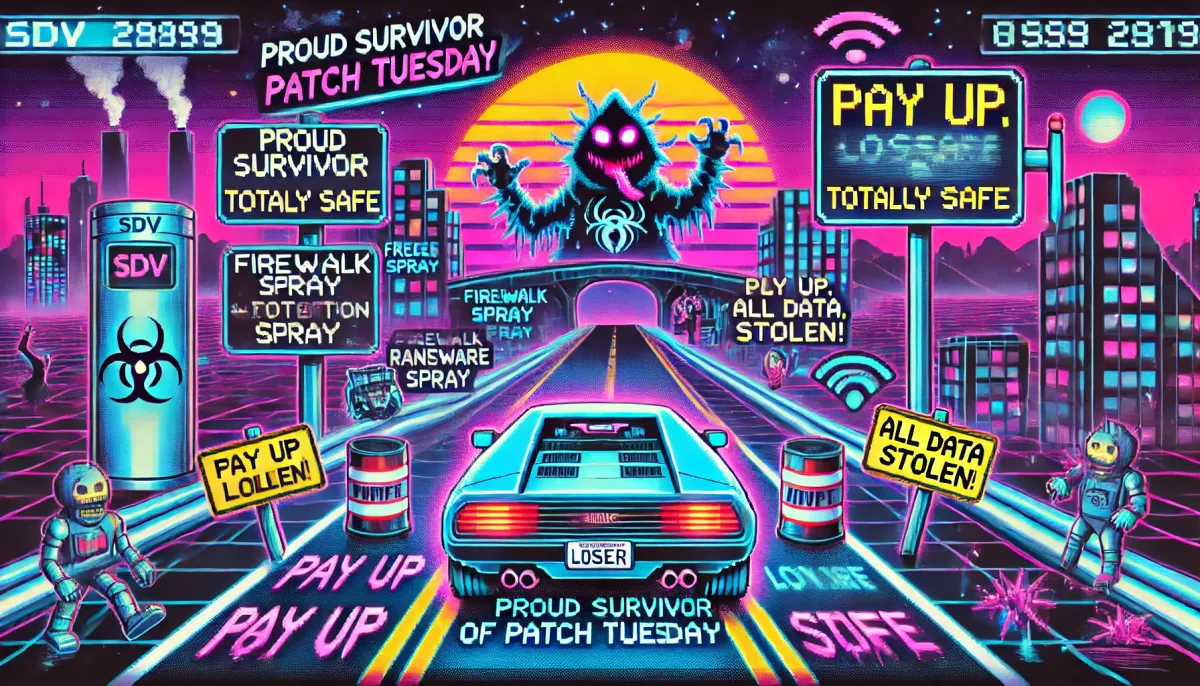Emerging Cybersecurity Threats in Software-Defined Vehicles: Trends, Attack Vectors, and Strategic Recommendations
Software-defined vehicles (SDVs) are revolutionizing the automotive industry by integrating advanced software and connectivity features that enhance vehicle functionality and user experience.

TL;DR
- Remote Attacks: The 2024 Global Automotive Cybersecurity Report highlights that 95% of cyber threats to SDVs are remote attacks. These attacks can compromise vehicle controls and sensitive consumer data, posing significant safety and privacy risks.
- Keyless Entry Breaches: Hackers can steal vehicles remotely by bypassing physical access controls. This trend underscores the need for advanced security protocols to protect keyless entry systems.
- Data Interception: With the advent of 5G and vehicle-to-everything (V2X) communications, data interception has become a critical threat. Hackers target these networks to intercept and manipulate data, necessitating robust encryption and secure communication protocols.
- Telematics Platform Vulnerabilities: Cybercriminals exploit vulnerabilities in backend telematics systems, particularly those managing over-the-air (OTA) updates. This highlights the importance of securing all operational levels of the vehicle.
- Malware Infiltration: Malicious software can enter vehicles through compromised software updates, connected applications, or IoT devices. Once embedded, malware can execute unauthorized actions, including data theft and operational disruptions.
Research Summary
Software-defined vehicles (SDVs) are revolutionizing the automotive industry by integrating advanced software and connectivity features that enhance vehicle functionality and user experience. However, this technological evolution also introduces significant cybersecurity challenges. Recent trends indicate a rise in remote attacks, data interception, and malware infiltration, driven by the increasing connectivity and data generation of SDVs. Attack vectors include keyless entry breaches, remote vehicle control, and vulnerabilities in telematics platforms. Addressing these threats requires a multi-layered security approach, including robust encryption, access control measures, and regular audits.
Remote Attacks
The 2024 Global Automotive Cybersecurity Report highlights that 95% of cyber threats to SDVs are remote attacks. These attacks can compromise vehicle controls and sensitive consumer data, posing significant safety and privacy risks. As SDVs continue to integrate more connectivity features, the frequency and sophistication of remote attacks are expected to rise. Attackers will likely exploit vulnerabilities in telematics systems and vehicle-to-everything (V2X) communications.
Keyless Entry Breaches and Data Interception
Keyless entry breaches are becoming more prevalent as hackers develop methods to bypass physical access controls. This trend underscores the need for advanced security protocols to protect keyless entry systems. Additionally, with the advent of 5G and V2X communications, data interception has become a critical threat. Hackers target these networks to intercept and manipulate data, necessitating robust encryption and secure communication protocols.
Telematics Platform Vulnerabilities and Malware Infiltration
Cybercriminals are increasingly targeting vulnerabilities in backend telematics systems, particularly those managing over-the-air (OTA) updates. This highlights the importance of securing all operational levels of the vehicle. Furthermore, malicious software can enter vehicles through compromised software updates, connected applications, or IoT devices. Once embedded, malware can execute unauthorized actions, including data theft and operational disruptions.
Breaches and Case Studies
-
(2024-11-01) Automotive Data Breach:
- Description: A significant breach involving unauthorized access to vehicle data through compromised APIs.
- Actionable Takeaways: Implement robust API security measures, including regular audits and encryption.
- References: Automotive Data: The Next Big Cybersecurity Attack Vector
-
(2024-07-03) Telematics System Exploit:
- Description: Exploitation of vulnerabilities in a telematics platform, leading to unauthorized OTA updates.
- Actionable Takeaways: Secure telematics systems with multi-layered security and regular vulnerability assessments.
- References: Software-Defined Vehicles: Navigating the Challenges of Cybersecurity
..


![[FORECAST] CoPhish: The Microsoft Copilot Link That Hands Over Your OAuth Tokens](/content/images/size/w600/2026/01/z-1.png)

![[DEEP RESEARCH] Token Factory: The 5 Costliest US Breaches of 2025](/content/images/size/w600/2026/01/z.png)
